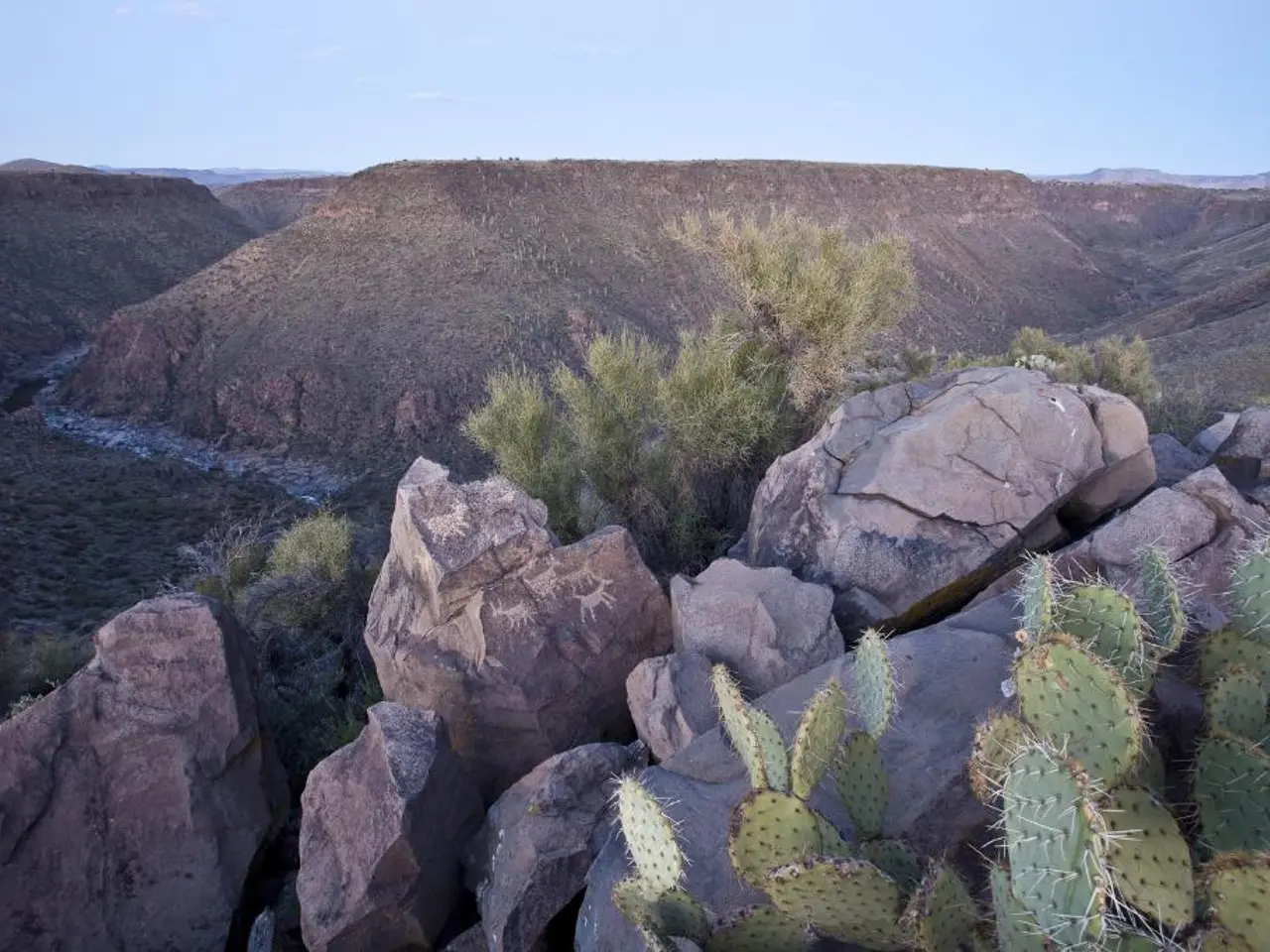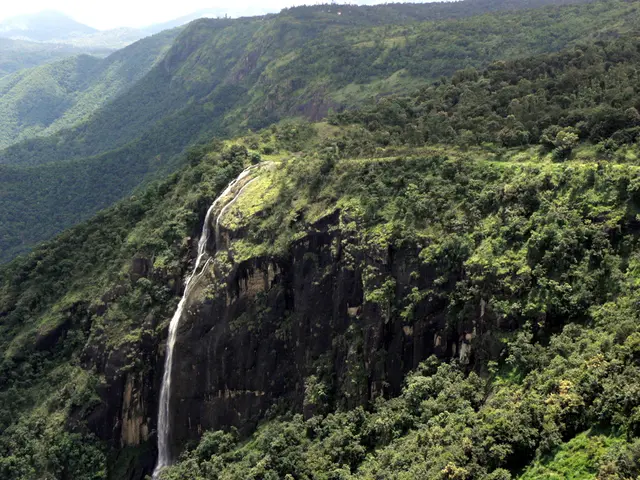U.S. Geological Survey's Ecosystems Mission Area Faces Closure Due to Budget Cuts
The U.S. Geological Survey's Ecosystems Mission Area (EMA), a leading force in conservation science for decades, faces an uncertain future due to proposed budget cuts. The center, which addresses issues like drought, invasive species, and wildlife diseases, is already feeling the impact, with some faculty leaving and graduate student funding uncertain.
EMA's annual budget of around $300 million is set to be eliminated in fiscal year 2026, as proposed by the Trump administration. This move threatens to shut down crucial programs, including the Pacific Islands Ecosystem Research Center and the USGS National Wildlife Health Center Field Station in Honolulu. The Pacific Islands Climate Adaptation Science Center (PI-CASC) at the University of Hawaii at Manoa has already been impacted, transitioning to minimal operations as of Wednesday.
PI-CASC, which supports 25 student researchers annually and launched the Hawaii Climate Data Portal, is now defunded. The cuts could halt efforts to protect Hawaiian native forest birds, prevent the spread of invasive species like brown tree snakes, and support the next generation of scientists.
The Interior Department has yet to finalize the budget, and neither the U.S. House nor the Senate has passed their Interior Appropriations bills. While the future of EMA remains uncertain, the potential loss of these vital programs and resources underscores the importance of ongoing dialogue and action regarding conservation science and climate adaptation.







